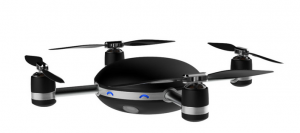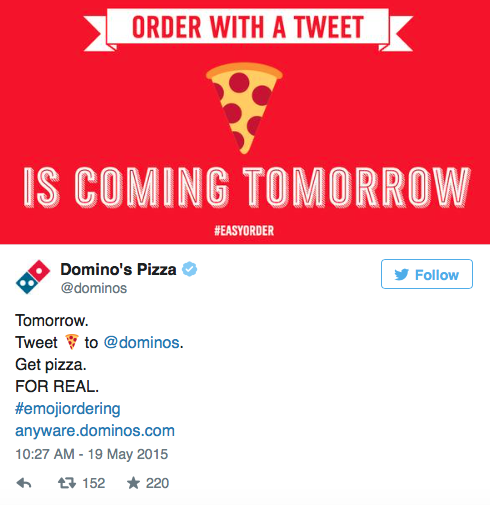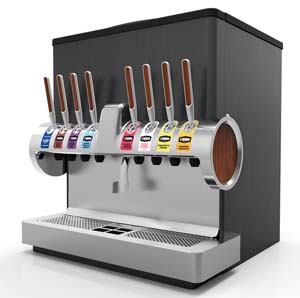Camera technology has advanced at such a rapid pace in the last decade that many people probably don’t even remember what a standalone camera looks like. Apple has been advertising that the quality of their iPhone camera is as good as professional photo equipment. The photo section at your local Walgreens might as well double as a graveyard.
So I might be a bit apathetic about new camera technology at this point. But then, in our status meeting this morning, Dave Geile brought this video to share:
(Yeah, that’s how you grab attention after a multi-week vacation, Dave. Welcome back!)
But yeah, Lily is a true attention-grabber. But what is it exactly?
The Lily Camera is not a drone – it’s a camera. It requires no controller. Instead, it follows whoever is wearing the Lily GPS bracelet. The Lily flying camera has an accelerometer, barometer, GPS and a front/bottom-facing camera. There are several vantage points offered by the completely waterproof camera.
The device certainly isn’t perfect yet. The battery time is only 20 minutes, so you’ll basically have to make sure it’s fully charged before every time you use it (imagine dropping it with no battery left – major sad face). But, for aerial shots at a relatively affordable price point ($499 for pre-order), it seems like it could be a breakthrough product. Also noted is that Lily doesn’t qualify as a drone since it flies no higher than 400 feet in the air.
We asked our team what would be the first thing they would do if they got a Lily:

Dave: Document photo shoots for clients and on-site client locations. Also, use for company events and picnics.
Tim: Use it on the fishing boat
Anne-Marie: Use it while hiking in Montana
Luke: Use it while mountain biking in Vermont
James: Soccer tailgate and match
Mary: It’d be perfect for family gatherings
Meg and Randy (independent of each other): Good for vacations on the beach
Feel free to tell us what you would use our Lily for!
[gl-hs-form form_id=’1863abe3-c1e4-43d0-a298-c7b132f8ce03′]

